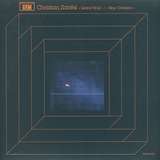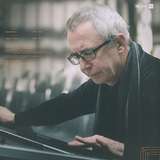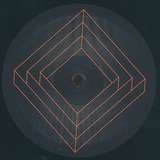Christian Zanési: Grand Bruit / Stop! l'horizon
Definitive edition of pioneering Electronic music - Highly recommended! (w/ download code) (w/ download code)
’Grand Bruit (1991), 28’55
The great mobile sound bodies have an ordinary yet amazing ability to place the listener-traveller within, as if he or she was inside a giant double bass, in this case a train stroked by a double bow: the rails and the air. In 1991, I explored this phenomenon during my daily commute from the studio to my home. I used only a 21 minutes recording and treated it as a single sound object. I then processed and enhanced it as a photographer would have done, immersing it in successive 'baths'. The title I chose for this singular form was Grand Bruit.
Stop ! l’horizon (1983), 18’05
Saturday morning, nine o’clock as I reach the studio. No one here. I only turn on the spotlights as the fluorescent tubes are too noisy. I switch the power on, shut the door, unplug the telephone. I then switch the mixing desk on, which sends an electronic impulse into the amps. The four speakers react individually with a very brief and low hiss. A kind of presence. I haven't listened to anything since the evening before and my ear is refreshed by a night’s sleep. I feed the original mix into the master recorder and sit down in the centre. Remote control: PLAY With the first sound I close my eyes. The studio instantly vanishes. Another place, a much larger space opens up. I enter it. I have the very distinct feeling that music is merely a “great noise”, chiselled inside with a thousand details. It opens up like a living organism to let my hearing wander across it. A magnetic relation quickly occur and all the sounds that constitute this great noise draw me towards the East. I accept this direction. Later, much later, I reach a distant point on the horizon which pulls me towards it.‘



